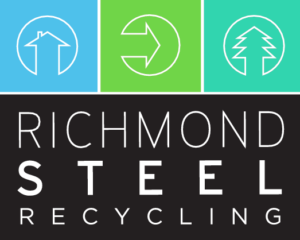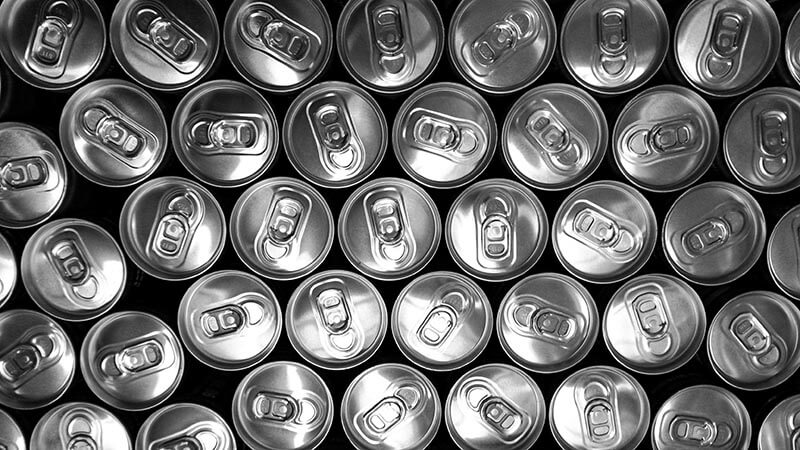If you ever feel like your life resembles Groundhog Day, as you repeat the same things over and over and over again, then maybe you have more in common with aluminum cans than you imagined.
Singer Joni Mitchell pitched life as going “round and round and round in the circle game”, but if it’s the “the carousel of time” that people get stuck on, the repeated journey of the aluminum can is from store shelf to aluminum recycling center, back to the beverage company and returned to the store shelves, over and over again.
And while Mitchell’s song is The Circle Game, it is the circular economy that aluminum cans are considered the star player of.
So much so, Friends of the Earth estimates that about 75% of the aluminum that has ever been used since the 1940s – around 540 million tons of the metal – is still around in some form today.
Earlier this year, Molson Coors celebrated 60 years since Bill Coors first used aluminum to package beers.
While recycling companies such as Richmond Steel Recycling, which has locations throughout BC, pay scrap prices, Molson’s cans sold in Canada are collected by the company and it wants 100% of all its packaging reusable or recyclable by 2025 – meaning it can use the metal over and over again.
It was in 1964 that The Aluminum Association says aluminum cans first entered the soft drinks market – with Royal Crown Cola selling one million cases in its first year.
These days aluminum packages a vast array of energy drinks, sodas, soft drinks, waters and a growing range of craft beers.
And if cats can proudly claim they have nine lives, they have nothing on the durability of aluminum, which can basically last forever.
Coca-Cola said that in Canada, the “miracle metal” which is “infinitely recyclable” can be back on the shelves within 60 days of being chucked in the garbage bin.
That’s just two months, so it’s feasible that aluminum from a soft drink you consume tomorrow, could form part of another five containers within a year.
And for those aluminum cans first used by Bill Coors in 1959, if they had been going round and round the circular economy the whole time since they could potentially have been used to form part of about 300 other beverage cans.
So how does this carousel of aluminum cans keep moving around work? Well, according to The Recycling Guide, after you drink from it and throw it in the garbage, it is collected and sorted from other waste, before being taken to a recycling center, where aluminum scrap prices are paid.
It is then taken to a treatment plant, where it is cleaned and then melted, with all coatings, inks and remnants of its past life as say a Fanta or Mountain Dew container removed.
And it doesn’t go through this process alone – in fact, up to 1.6 million aluminum cans can be melted together and turned into large ingots, before being rolled to give greater flexibility.
The can recycling process is then almost complete, as new containers are pressed and sent back to the beverage companies.
With recycled aluminum cans taking just 5% of the energy needed for primary production of drinks cans, its merits make it a key component of the European Commission’s Circular Economy Package.
And its never-ending life cycle is providing inspiration as governments and organizations look at how to deal with other garbage such as plastics, papers, cardboard and glass.
In 2020, Ottawa hosts the World Circular Economy Forum, with the minister of environment and climate change Catherine McKenna calling for innovation and to look at ways of giving other materials longer lifespans, just like aluminum.
“Let’s work together and turn that trash into cash,” she said.
To learn more about Richmond Steel Recycling efforts towards environmental sustainability or more information about scrap metal recycling please contact your local facility.

